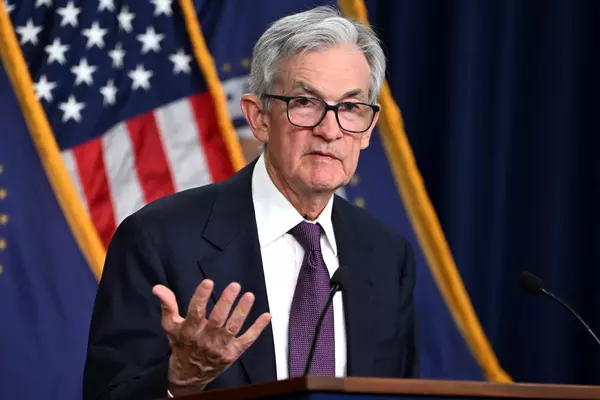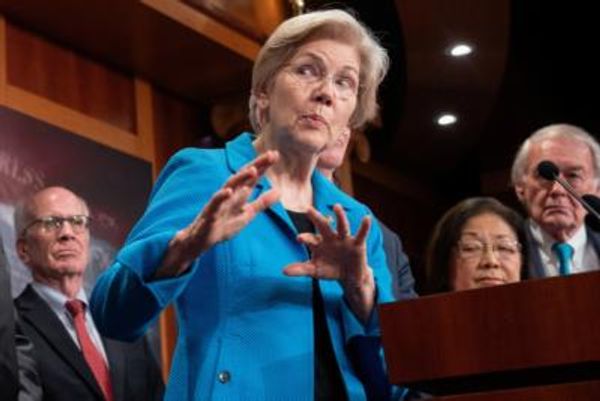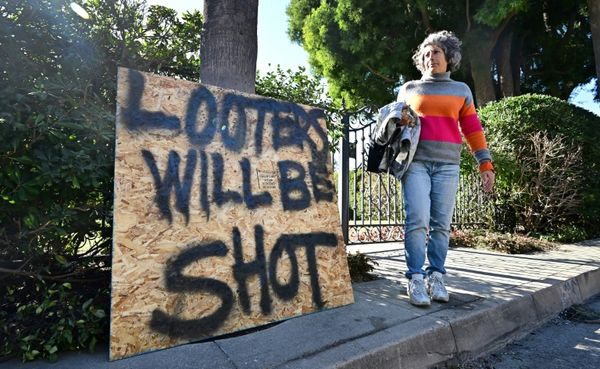
Anthony Albanese has flagged further cost of living relief measures for lower and middle income earners in the new year.
The prime minister said he remained "hopeful and optimistic" about Australia's economic conditions in 2024.
He pointed to falling inflation, jobs growth and wages increasing.
"We'll continue to look at what we can do for cost of living relief going into the new year," he told ABC's 7.30 on Thursday.
"We'll be giving proper consideration for how we assist particularly low and middle income earners who we understand are under pressure."
Mr Albanese reaffirmed the government's commitment to implementing the stage 3 tax cuts.

Meanwhile, Australia's booming property market has helped household wealth tick higher last quarter even as spending outstripped income for the first time since the global financial crisis.
The nation's collective household wealth hit $15.3 trillion in the September quarter, as captured by the Australian Bureau of Statistics in a report on wealth and finance, which is 2.5 per cent higher than the peak recorded in the March quarter of 2022.
Residential homes and land contributed 1.7 percentage points to the 2.3 per cent quarterly growth in wealth.
"Household wealth is supported by house prices which have continued to grow despite increases in interest rates," ABS head of finance statistics Mish Tan said.
After rising interest rates triggered a downturn last year, property markets have been recovering for much of 2023.
National home prices reached a record high in November, based on the monthly index from real estate data firm CoreLogic.
Refunds from the tax office helped push total wealth higher as those who were able stashed the lump sums in deposit accounts.
Deposits lifted 3.4 per cent across the September quarter by $52.8 billion.

Australians as a collective might be asset-rich but are cashflow constrained, with households spending more than the income they generated - about $1.4 billion - for the first time since the September quarter of 2008.
St George Bank senior economist Pat Bustamante said inflation, a higher tax take and interest rate hikes were forcing households to dip into their savings.
"But this alone was not enough and households had to turn to borrowing to make up the rest," he wrote in a note.
The economist said this was not sustainable and eventually households would need to tighten their belts further or bring in more income to meet expenses.
"It's another sign households are feeling the squeeze," he said.
For the Reserve Bank, which has been lifting interest rates to weigh on demand and bring down inflation, the data suggests household spending could become more sensitive to changes in interest rates.
But Mr Bustamante said the resilience of the property market to cash rate hikes suggested the wealth channel of monetary policy was more muted than usual, in part countering the heightened sensitivity of the cash flow channel.







